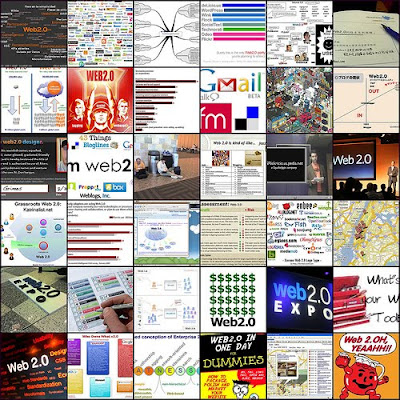Digital information will be accessed in future primarily, if not exclusively via Smartphones or Tablets. That's why the Bavarian State Library is gradually providing its digital services within the framework of these innovative environments. At first the OPAC and website was programmed and designed as generic mobile applications thatrun on all current smartphone browsers.
Mr. Ceynowa highlights that not only mobile applications should be offered but they have to be contextualized in a suitable way to meet user's needs.
"For many people all over the world but especially in devoping countries, mobiles are increasingly the access point not only for common tools and communicationbut also for informationof all kinds, training materials and more"(Horizon Report, 2010)
Mr. Ceynowa underlines that libraries as important, also web-based provider of information and services have to face this trend toward a mobile use of internet and therefore offer its central services (OPAC, electronic resources, digitized materials etc.) as mobile applications. Especially young library patrons that are used digital natives to mobile devices expect mobile kinds of library services and won't be satisfied with web pages (pressed) en miniature:
"When we get to a point that mobile version is expectedof whatever content we want to interact with, not having a mobile version may cut-off desire to consume that content"(Challenges and opportunities of the small screen, Inside Higher Education 2009)
The Bavarian State library did not end its efforts with developing mobile applications of the OPAC and its website: In another step the library provided 50 highlights of its collection as an app for iPad and iPhone: "Famous Books - Treasures of the Bavarian State Library". In spring 2011 the App "Islamic Books - Oriental treasures of the Bavarian State Library" followed. There are 3 reasons for providing these Apps only at Apples App-Store:
1.povision as a stand-alone product (in contrary to an integration into Europeana where the contentis hided behind millions of other digital objects and therefore hard to find)
2. Apples App-Store is a common channel for sale (so that it is sure that the product reaches the user)
3. iPad is nowadays one of the best E-Book-Reader regarding high-resolution coloured digitized objects (Gartner Report "Forecast: Media Tablets by Operating System world-wide 2008-2015.")
Currently, the Bavarian State Library experiments with Augmented-Reality: In the App "Ludwig II" the library will provide multimedial content as ann Augmented-Reality application, georeferenced at prominent places of the king's life such as Neuschwanstein Castle. - It seems that my visit to Neuschwanstein Castle was a few years too early! :(








